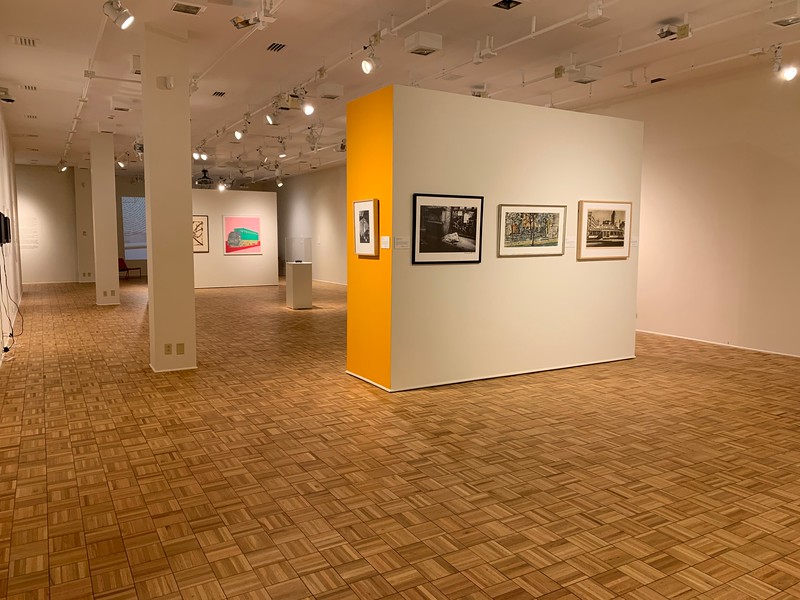Campus spotlight: Samek Art Museum
October 21, 2020
The Samek Art Museum operates in two locations: an on-campus gallery on the top floor of the Elaine Langone Center (ELC) and their downtown gallery located at 416 Market Street. This semester, however, the Samek has had to adjust its exhibits to conform to strict COVID-19 protocols.
At the beginning of the semester, the museum introduced their longest-running and most far-reaching “Do It” exhibition yet, with a slight twist: “Do It (home).” This worldwide art project began in Paris in 1993 and is centered around the idea of having an audience interact with its artwork through specific instructions by each artist; it is curated by Hans Ulrich Obrist and produced by Independent Curators International (ICI). The University has featured this in the past years, and continues to do so following COVID-19 guidelines that are also being used worldwide.
Exhibited works have been digitized and can be found on the museum’s website. They are featured with both the artists’ instructions and a “community members response,” which are from professors, students and individuals in the Lewisburg community. For example, Nairy Baghramian’s nature-oriented piece has been interpreted and responded to by Mayor of Lewisburg Judy Wagner, while Precious Okoyomon’s work has been interpreted by Assistant Professor of English Chase Gregory and Carly Boxer. All students and members of the community are encouraged to interact with this exhibition.
Recently, the Samek’s on-campus and downtown gallery has opened for visitors from Tuesday to Saturday from noon until 5 p.m., and until 7 p.m. on Thursday evenings. Both locations follow a litany of provisions the museum has set in place to encourage social distancing and protection from the aerosol spread of the coronavirus. Masks are mandatory upon entrance, and there is a limit on the number of visitors allowed inside the Samek at any one time.
The Samek’s virtual presence has expanded substantially as well, primarily in the form of drop-in asynchronous learning spaces. All events and programs have been converted to a virtual platform, allowing ample ways for all to experience and appreciate the museum’s idiosyncratic art pieces. The museum states that its mission is to “creates meaningful encounters between artists, students, scholars, the public, and works of art.” They call themselves the University’s “Academic Art Lab,” as they practice experimental art, innovative curatorial practices, and co-curricular programming to innovate new ways to engage with and inspire audiences. Many courses and organizations on campus have been known to utilize the museum’s galleries to expand learning outside of the classroom and encourage engagement with local cultural institutions.
The Samek Senior Guides provide students with employment opportunities as they host visitors in both the downtown and on-campus locations. Julia Carita ’20, an Art History Major and assistant at the Bridgette Mayer Gallery in Philadelphia, worked at the Samek for three years – in fact, this experience helped her decide to pursue a career in museum curation. “Working as a collections assistant this past semester, I learned so much about collections management that I hope to take with me to a career, and I was able to get close to and even handle some really incredible works of art,” she said. Her favorite art piece is one by Kiki Smith, an aquatint and etching on paper created in 2006. Another former student, Madeleine Seibert ’20 worked at the Samek Art Museum for three years and is pursuing a career in Global Health Consulting. Though she doesn’t intend to chart a course in an art-related field like Carita, she explained that “as someone who doesn’t study art or art history, working at the Samek gave me an opportunity to keep art in my life and be connected to the art community as well.”
Information about The Samek Museum can also be found on their blog; students can find links to plan visits or book Museum Collection Study Room appointments, view past and upcoming exhibits and programs and learn about available collections. Another resource on this blog is the “Engage” section where students can interact and connect with the art pieces and provide your input on what you see.




















